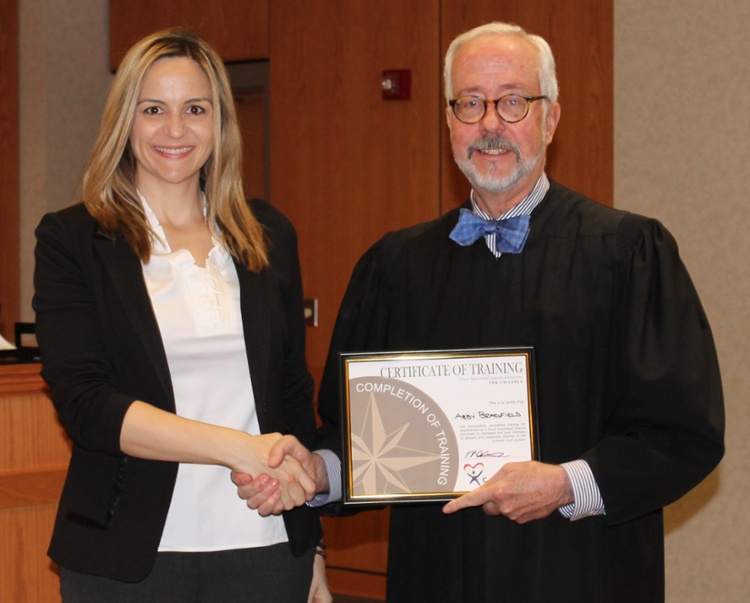
As a newly-appointed Court Appointed Special Advocate (CASA), I have been assigned by a judge to get to know and to advocate on behalf of the best interests of a child within the Baltimore City foster care system. I will be learning about her educational, medical, social service, and mental health needs; and making sure they are understood by the court system and being met by the team that works with her.
In my training, the instructor underscored the importance of staying open-minded and asking as many questions as I can from as many people in the child’s life as I can – before I start to form an opinion on what can or should be done to support her. I thought, “No problem. I love asking questions and my 4th grade teacher said that I’m ‘highly inquisitive,’ so, I’ve got this.”
Yet, I’m finding that I’ve underestimated the lure to form conclusions based on gut instinct. I start to weave the facts that I’m learning together into a narrative, where my mind and imagination fill in the gaps. This insight shouldn’t have come as a surprise to me. At entreQuest, we regularly speak with executive leaders on the importance of stories – how they can shape them to gain advantage, as well as how they can resist believing (or coach their teams to resist) stories about other team members that may not be grounded in reality.
Interestingly, the strategies that I am putting into practice in my role as a volunteer advocate are actually quite similar to the advice we would offer a leader on how to make a good decision and avoid potential blind spots:
- Recognize – The first step in creating change is to notice your natural instincts or habits. In my case, this was drawing conclusions too quickly. Notice when you are doing so and use the other strategies below to ensure you are making a good decision with the best information available. It’s important to fully understand yourself before you can fully understand others.
- Record – Take notes. Get information out of your head and onto paper. This creates a healthy amount of distance that enables critical thinking. This strategy also engages a different part of your brain, assisting you in understanding the information on a different level. Pay attention to details and notice if actions and non-verbal communication sync with what is being said.
- Reflect – Turn the conversation around and share your observations to check in for accuracy or to get more information. You can reflect on the information internally, or use a colleague or friend as a sounding board for what you’re working through. Either way, it’s important to give yourself some distance and come back to what you were thinking in the first place.
- Refresh – Stay curious and open by approaching decisions with a beginner’s mindset. This is not to say that you can’t draw on your experience, but don’t remain stuck on conclusions based on the past.
Leaders often have strong gut instincts. It is part of what makes them effective. But gut instinct has its downsides, and can be really harmful in some situations. Remember to recognize, record, reflect, and refresh to avoid potential pitfalls of conclusions and decisions that are based on incomplete information.







